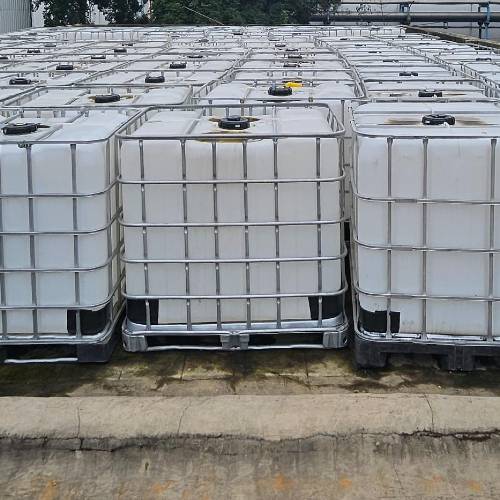Products

HDPE 100 50 35 ltrs

IBC 1000 LTRS COMPOSITE PALLET

MS DRUM 210 LTRS

RECONDITION HDPE DRUMS 210 LTRS

IBC
Industries We Serve
- Chemical
- Pharmaceutical
- Agriculture Sector
- Infrastructure
- Oil and refinery
- Food industry
- Construction Chemical
- Water Treatment Industry
Certifications & Compliance
- EPR CERTIFICATE (APPROVED BY CPCB)
- MPCB CERTIFICATE (MAHARASHTRA POLLUTION CONTROL BOARD CERTIFICATE)
- E-WASTE CERTIFICATE (APPROVED BY MPCB)
- HAZARDOUS WASTE TRANSPORTATION CONSENT
FAQs for Reconditioning Drums, IBC Tanks, and Scraps
Reconditioning is the process of restoring a used or damaged item to a usable condition. In the case of drums, IBC tanks, and scraps, it involves cleaning, repairing, and sometimes repainting to extend their lifespan and reduce waste.
Reconditioning offers several benefits:
- Environmental sustainability: Reduces the need for new materials and manufacturing, thereby conserving resources.
- Cost-effectiveness: Reconditioned items are often more affordable than new ones.
- Extended lifespan: Properly reconditioned items can serve for many years.
Most types of drums, including steel, plastic, and IBC TANK, can be reconditioned. However, the specific processes may vary depending on the material and the extent of damage.
Drum reconditioning typically includes:
- Cleaning: Removing residual contents, contaminants, and rust.
- Inspection: Assessing the condition of the drum for damage, such as dents, leaks, or corrosion.
- Repair: Addressing any damage, which may involve patching, welding, or replacing parts.
- Testing: Ensuring the drum is structurally sound and leak-proof.
- Repainting: Applying a new coating to protect the drum and improve its appearance.
Yes, but specific cleaning and sanitization procedures must be followed to ensure that the drums are free of contaminants and meet food safety standards.
When reconditioning IBC tanks, it's essential to:
- Inspect the frame: Check for structural integrity and any signs of damage.
- Assess the inner liner: Ensure it is free of cracks, punctures, or corrosion.
Test the valves and fittings: Verify their functionality and compatibility with the intended use.
Yes, but the number of reconditioning cycles depends on the tank's original quality, the extent of wear and tear, and the proper maintenance practices.
Various types of scrap, including metal, plastic, and paper, can be reconditioned. However, the specific processes and the potential for reuse or recycling depend on the material's composition and condition.
Reconditioning scrap:
• Reduces waste in landfills.
• Conserves natural resources.
• Creates valuable materials for new products.
